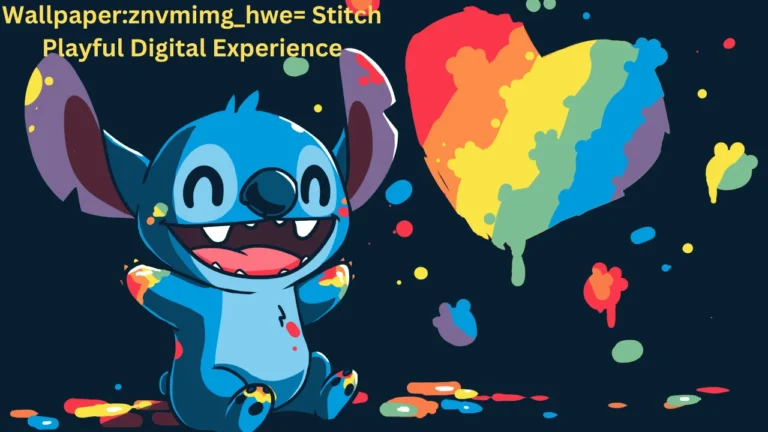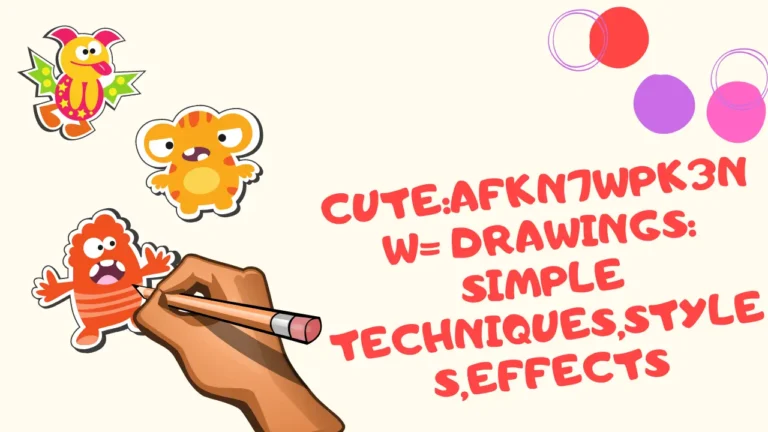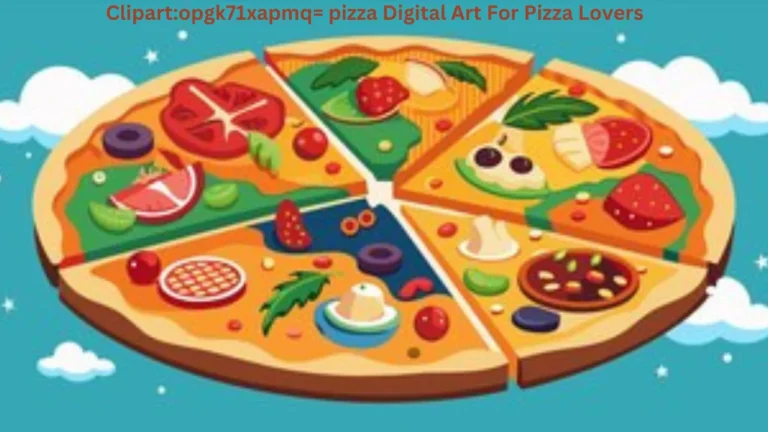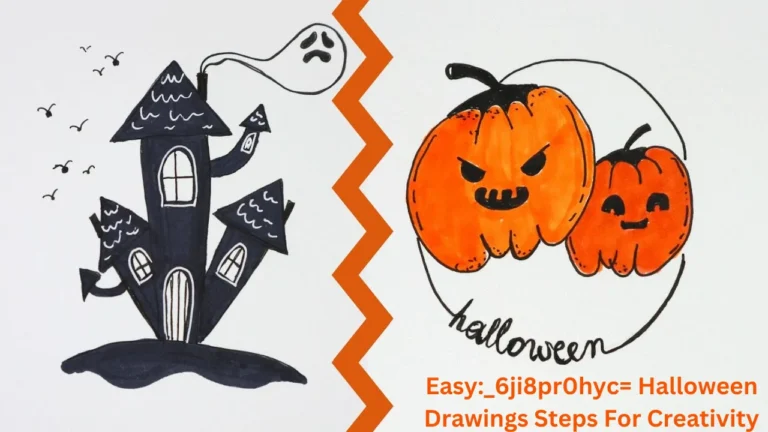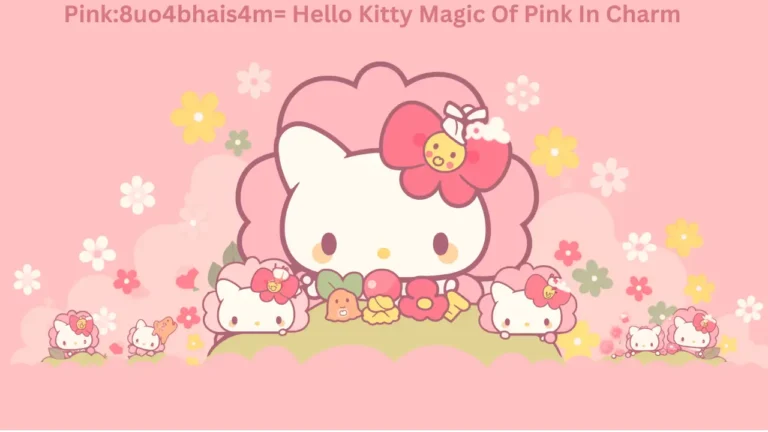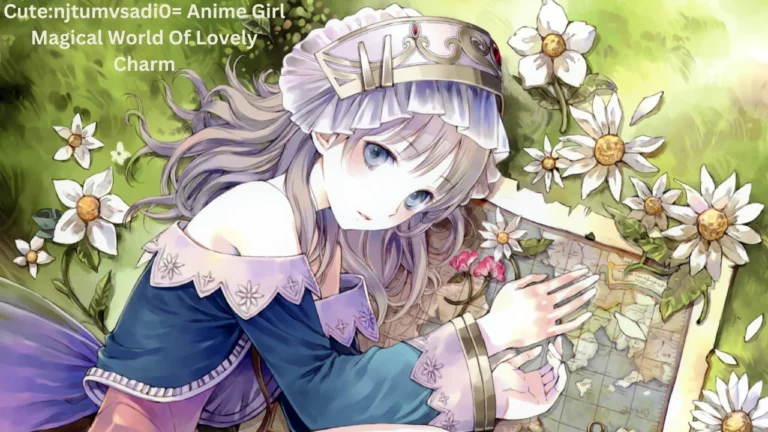Pencil:f9kdhkibbmm= Drawings: The Grandmaster of Creativity

Pencil:f9kdhkibbmm= Drawings are a popular form of art that many people enjoy creating. These drawings are made using different types of pencils, each producing unique effects. Artists often choose pencil drawings because they allow for detailed work and a wide range of shading. The beauty of pencil drawings lies in their simplicity and the ability to capture intricate details.
What Is Pencil:f9kdhkibbmm= Drawings?
Pencil:f9kdhkibbmm= Drawings is an art form that involves creating images using pencils as the primary tool. It is one of the most accessible and versatile mediums, making it popular among beginners and professional artists alike. Pencil drawing allows for a wide range of techniques and styles, from simple sketches to detailed and realistic illustrations. Artists can use various types of pencils, from hard to soft graphite, to achieve different effects in their work.
Basics
To start with Pencil:f9kdhkibbmm= Drawings, you need to understand the basics. You will need different grades of pencils, ranging from hard (H) to soft (B). Hard pencils, like H or 2H, create light lines and are great for detailed work. Soft pencils, such as 2B or 4B, produce darker lines and are perfect for shading. The choice of pencil depends on the effect you want to achieve in your drawing.
Techniques And Effects
| Technique | Description | Effect |
|---|---|---|
| Hatching | Drawing closely spaced parallel lines | Creates shading and texture, adds depth to the drawing |
| Cross-Hatching | Drawing intersecting sets of parallel lines | Provides a more textured and darker shading, useful for depicting shadows and depth |
| Blending | Smudging graphite with a tool or finger | Smooths out lines and creates seamless transitions between light and dark areas |
| Stippling | Using small dots to create shading | Produces a grainy texture, ideal for creating softer transitions and detailed textures |
| Contour Drawing | Drawing the outline of shapes with smooth, continuous lines | Focuses on the edges of forms, great for understanding shapes and creating stylized drawings |
| Scumbling | Applying layers of small, scribbled marks | Adds texture and tonal variation, often used for landscapes and rough textures |
| Feathering | Softening edges by lightly shading | Creates soft transitions and gradients, enhancing the three-dimensional appearance of objects |
| Sgraffito | Scratching into a layer of graphite to reveal lighter paper underneath | Provides sharp contrasts and highlights, useful for fine details like hair or highlights |
| Erasing | Using an eraser to lift graphite and create highlights | Adds highlights and corrects mistakes, important for refining the drawing |
| Burnishing | Pressing hard with a pencil to create a smooth, polished surface | Intensifies the color and creates a shiny, smooth finish |
Shading Techniques
Shading is crucial in Pencil:f9kdhkibbmm= Drawings because it adds depth and dimension to your art. There are several shading techniques that artists use, including hatching, cross-hatching, and blending. Hatching involves drawing closely spaced parallel lines. Cross-hatching is similar, but the lines cross over each other. Blending softens these lines and creates a smooth transition between different shades. These techniques help in making your pencil drawings more realistic.
Light and Shadow
Understanding light and shadow is essential for creating lifelike Pencil:f9kdhkibbmm= Drawings. The light source in your drawing determines where the shadows and highlights will fall. Darker shadows are created with soft pencils, while lighter areas are best with hard pencils. By carefully placing shadows and highlights, you can make your pencil drawings look three-dimensional and more engaging.
Creating Texture
Texture adds a realistic touch to your Pencil:f9kdhkibbmm= Drawings. Different pencil strokes can mimic textures like fur, skin, or fabric. Short, quick strokes can create the look of fur, while long, smooth strokes are ideal for skin or fabric. Experimenting with different textures in your drawings will enhance the overall effect and make them more interesting to look at.
Drawing Still Life
Drawing still life is a great way to practice your Pencil:f9kdhkibbmm= Drawings. Still, life involves drawing everyday objects like fruits, bottles, or flowers. This practice helps you understand shapes, proportions, and perspectives better. By focusing on the details of each object and using shading to show depth, you can create stunning still-life pencil drawings that are both simple and complex.
Sketching Landscapes
Landscapes are another excellent subject for pencil drawings. When sketching landscapes, pay attention to the different elements like trees, mountains, and water. Each element requires a different approach in terms of shading and texture. By practicing landscape drawings, you learn to capture the vastness and variety of nature, which can be very rewarding.
Portraits
Drawing portraits can be challenging but very rewarding in Pencil:f9kdhkibbmm= Drawings. Portraits require a good understanding of facial proportions and expressions. The eyes, nose, and mouth need to be placed correctly to capture the likeness of the subject. Shading is especially important in portraits to show the subtle details of the face. With practice, you can master the art of portrait pencil drawings.
Using Reference Images

Using reference images can significantly improve your Pencil:f9kdhkibbmm= Drawings. A reference image helps you understand the details and proportions of the subject you are drawing. It is especially helpful when drawing complex subjects or when you want to achieve a high level of realism. By closely studying a reference image, you can replicate its details in your pencil drawing more accurately.
Developing Your Style
Developing your style is an exciting part of creating Pencil:f9kdhkibbmm= Drawings. Your style is what makes your art unique. Experiment with different techniques, such as varying your shading or texture. Study the work of other artists to get inspiration, but also try to add your twist. Over time, your pencil drawings will reflect your unique artistic voice.
Finishing Touches
The finishing touches can make a big difference in your pencil drawings. Use an eraser to clean up any smudges and refine your lines. A kneaded eraser is particularly useful because it can be shaped to erase small areas without disturbing the rest of the drawing. Applying a fixative spray can protect your drawing from smudging and keep it looking fresh.
Frequently Asked Questions?
What are the best pencils for beginners in pencil drawings?
For beginners, it’s best to start with a range of graphite pencils, including HB, 2B, and 4B. These pencils provide a good balance between light and dark shading, making them ideal for learning basic techniques.
How can I improve my shading in pencil drawings?
To improve shading, practice techniques like hatching, cross-hatching, and blending. Focus on understanding the light source and practice creating smooth transitions between light and dark areas.
What paper is best for Pencil:f9kdhkibbmm= Drawings?
Medium to heavy-weight paper with a slight texture, such as drawing or sketch paper, is ideal for pencil drawings. The texture helps to hold the graphite and allows for better shading and blending.
How do I protect my pencil drawings from smudging?
To protect your pencil drawings, use a fixative spray. This creates a protective layer over the graphite, preventing it from smudging and preserving the drawing’s quality over time.
Conclusion
Pencil:f9kdhkibbmm= Drawings are a versatile and accessible form of art that anyone can enjoy. By understanding the basics of pencil types, shading techniques, and the importance of light and shadow, you can create stunning pencil drawings. Whether you are drawing still life, landscapes, or portraits, practice, and experimentation are key to developing your skills and style. Use reference images to improve accuracy and always pay attention to the details. With time and dedication, your pencil drawings will become a true reflection of your artistic abilities.

